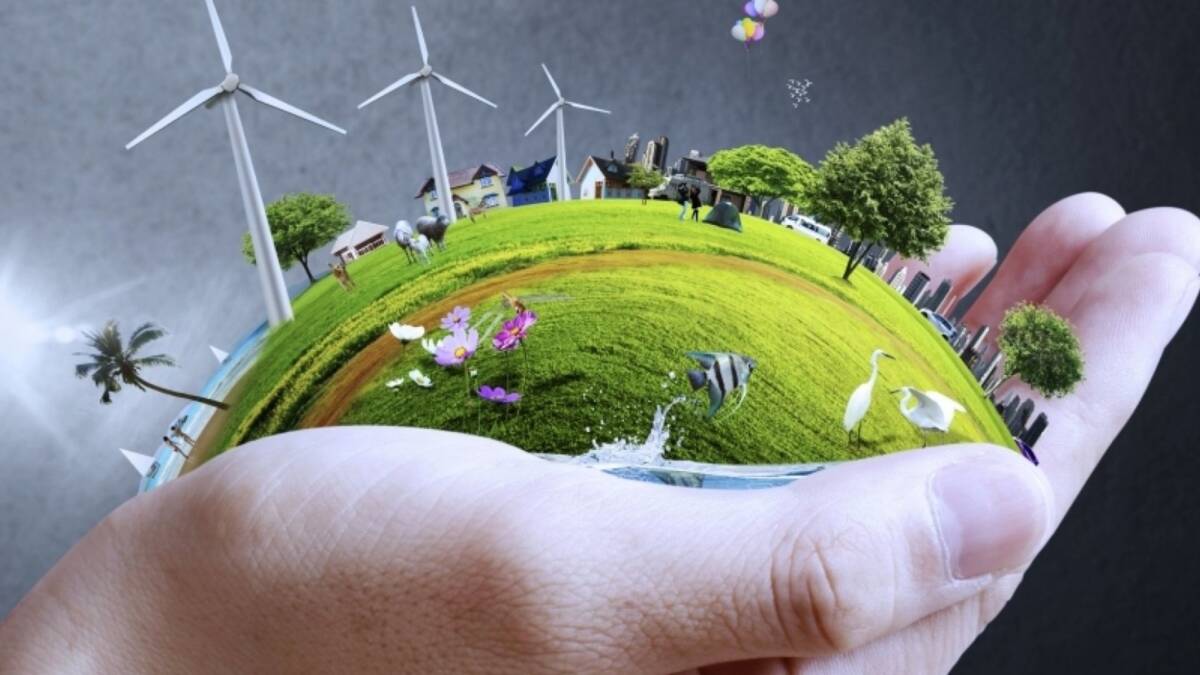It was raining hard in the Cisarua river bank, deep in the Sukabumi Regency, Banten, as we stopped to shelter ourselves in the Ciganas microhydro plant’s slightly wrecked powerhouse. This mere 80 kW-sized power plant is adequate to provide electricity to around 100 houses in the Cipta Rasa Traditional Village (desa adat). Since it came operational in 1995, the village government has established a dedicated team to operate and maintain the power plant and also came up with their own appliance-based billing system until now, even after electricity connection to the PLN grid is finally available in 2022. Being born and raised in an Indonesian urban setup, the concept of democratizing energy supply has been far too foreign for most of us, while Daday—our local ‘guide’ for this Cipta Rasa field study—explains like it was a basic norm. Although their small power plant is not even enough to power up a medium-sized office building in Jakarta, they have something much more luxurious than most of us: free will to manage their own energy sources. Energy democracy and independence, while overly-used as a jargon for Indonesian politicians and bureaucrats, is an everyday practice for societies such as Cipta Rasa residents; those who are not afraid to redesign their way of living beyond the limit of our mundane imagination.
Most Indonesians take the way energy is consumed for granted. Electricity will eventually be provided to us by the PLN, not even knowing the sources nor the process. While awareness of our over-reliance on coal energy is steadily rising, it does not change the fact that yearly domestic coal consumption has also risen by around 61% in 2020-2023, mostly used for electricity generation. We will eventually purchase gasoline for our everyday vehicles and LPG for our daily cooking demand, while Indonesia is at risk of being an entirely oil import-dependent country by 2040 — a big fall-off from its ‘glory’ oil-exporting days. Although the term ‘energy transition’ has been widely used since the Indonesian government announced their net zero ambition in Glasgow COP26, it has not really changed the entirety of how we consume energy. Most of us actually have a limited capacity to imagine the alternate possibilities of how energy can be provided, nor the ideal utopia of how it should be provided. However, this is not entirely people’s fault for being ignorant; we have just been provided too few alternatives (or maybe none) by the responsible authorities for just too long now.
As Indonesia embarks on a new journey with the new National Energy Policy set to be passed this year, this is the right time for the Indonesian government to step out from the outdated “energy democracy” jargon and actually grant the people the choice of having a fossil-free future. This journey of democratizing energy use begins with a not-so-simple step: breaking the reliance on fossil-based energy sources. There will be no energy democracy as long as our energy supply keeps relying on the few fossil giants, while at the same time putting the lower-income part of our society at the front of climate crisis risks due to ever-rising emission levels. While this is challenging due to the large economic reliance on fossil fuels, this could be done without hampering the energy price or overall economic growth. Operating coal-fired power plants (CFPP) flexibly could help integrate a larger volume of variable renewable energy (VRE), lower overall plant utilization, and reduce the need for peaker gas power plants, thus ultimately reducing the overall electricity cost. With renewable energy costs declining in recent years (especially solar and wind), renewable substitution could provide up to 26% of emissions reduction and phase out coal usage in captive industrial plants. Shifting fossil fuel reliance on the transportation sector should start by providing better infrastructure for road electrification (e.g., charging or battery swap stations) to complement improvement in transit-oriented policies for public transportation.
The final step towards democratizing energy is more complicated than it seems: allowing (or even further, incentivizing) more participation in developing low-carbon energy sources. It is practically impossible to democratize energy usage while relying on only a few centralized actors. More adoption of rooftop PV and other distributed generation technologies should be encouraged by providing regulation stability and proper grid infrastructure. While on-site renewable energy might not be adequate for industrial plants due to their large energy consumption, enabling direct renewable energy purchase through power wheeling could provide a low-carbon alternative to the current fossil-dominated PLN grid. Last but not least, meaningful participation from subnational government should also be encouraged in energy-related infrastructure planning. By actually putting these steps into action, we could finally have our own Cipta Rasa in every Indonesian neighborhood.

